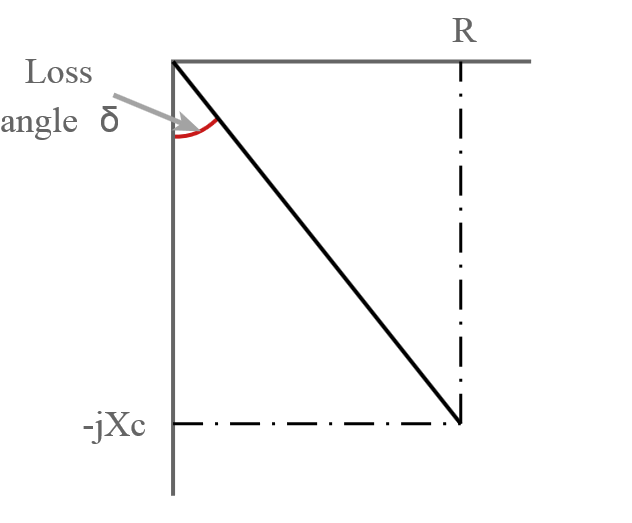In theory, you can find the ESR at a certain frequency by multiplying the dissipation factor at that frequency, also knows as tan(δ), by the capacitor's reactance at that frequency.
In practice, capacitors aren't completely linear. You can make a decent guess at the ESR, which lets you engineer for the range the ESR might be, but you won't know the exact value. See this graph from Murata for a visual example:

To estimate the ESR for your capacitors, I would look up the tan(δ) value, finding 0.12 at 100 Hz, and I would calculate the reactance at 100 Hz, ignoring parasitic inductance and ignoring the fact that it's nonlinear.
Sticking that into Wolfram Alpha gives me an ESR of about 0.87 Ω:

As an aside, in case you're confused as to why datasheets list dissipation factor under "tan(δ)", the graph below, which I found here, illustrates why the dissipation factor is equal to tan(δ):




